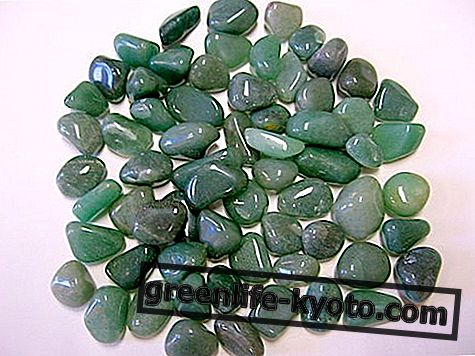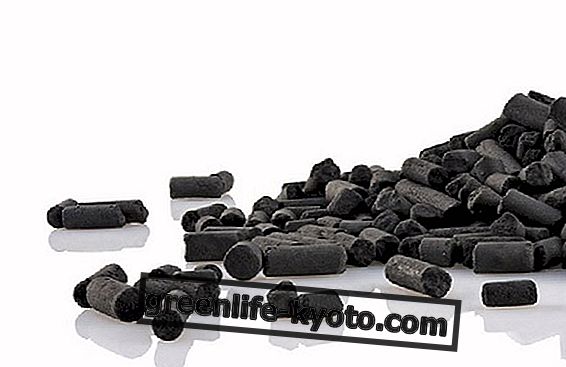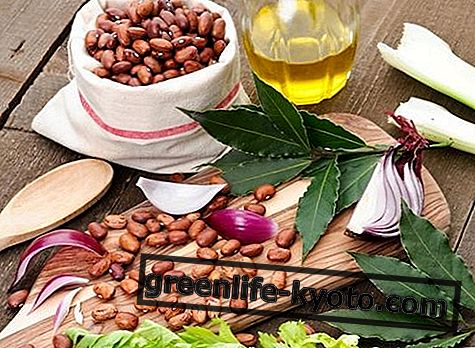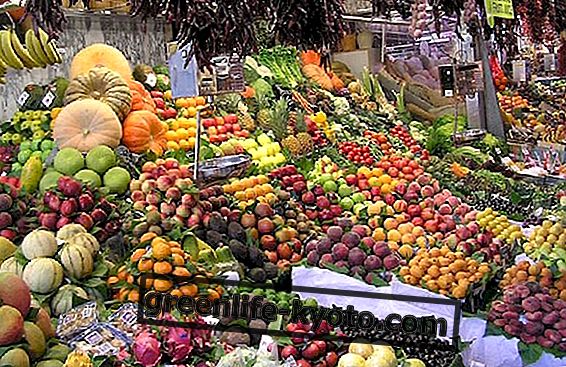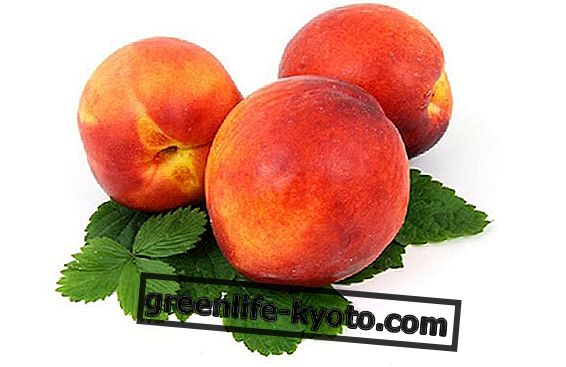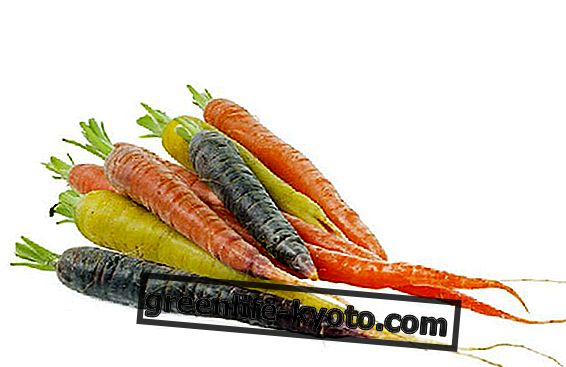
Cough is not just a characteristic symptom of flu and / or upper respiratory tract disorders; may also have other causes.
Cough is one of the symptoms of gastroesophageal reflux ; in this case, to combat it, the problem must be solved at the root.
Natural remedies for reflux cough
Here are some natural remedies that help fight esophageal reflux and, consequently, reflux cough.
- Avoid smoking cigarettes . If you smoke this is the first remedy on the list. In fact, smoking not only increases the irritation of the gastric mucosa but is also, in itself, one of the main causes of cough.
- Sleep in the right position, ie with a pillow high behind your back so as to maintain an angle of about 30 degrees. In this way the ascent of the gastric contents is prevented during rest and subsequent coughing. In general, however, this is a position that also helps in case of coughing due to other causes.
- Do not lie down immediately after meals, but wait at least two or three hours.
- Follow a correct diet . In case of gastroesophageal reflux it is important to pay attention to what you eat and how you eat. The ideal would be to be able to divide the consumption of food into five light meals in order not to weigh down the gastrointestinal apparatus, and to chew very well. All very fatty and / or too elaborate foods should be avoided; desserts and other foods rich in simple sugars; fried and spicy dishes. It is also advisable to limit the consumption of alcohol and chocolate in those who facilitate reflux; of coffee, lemons, oranges and tomato juice because they irritate the esophageal mucosa. On the contrary, they are preferred foods: seasonal vegetables, especially whole and semi-whole grains, dried fruit, especially almonds that have good alkalizing qualities.
- Keep body weight in check . Overweight and obesity promote esophageal reflux. To keep the weight under control it is important to follow a balanced diet and perform a constant and regular physical activity.
Sore throat reflux: how to cure it?
What is gastroesophageal reflux
Gastroesophageal reflux is a disorder due to the rise of gastric contents in the esophagus due to alteration of the gastroesophageal continence mechanism . It is a rather frequent condition; in fact, 5/10% of the population suffers .
The most common symptoms are regurgitation, burning, pain and cough ; sometimes it can cause bronchial asthma and vomiting. In some cases it can generate important symptoms and, although rarely, lead to serious and irreversible injuries. In 15/20% of cases gastroesophageal reflux is associated with hiatal hernia .
If the reflux episodes are limited in number and duration, there is no need to worry; oesophageal reflux, in fact, during and immediately after meals can be considered a physiological phenomenon. However, if the problem persists, it is important to consult your doctor.
Gastroesophageal reflux is very common in newborns due to the exclusively liquid feeding, because they are often lying down and because the cardia is not yet mature. Thus, even in newborns a persistent cough may be due to reflux . In most cases the problem resolves spontaneously with growth and the transition to solid nutrition.


